calsfoundation@cals.org
Norman (Montgomery County)
| Latitude and Longitude: | 34°27’18”N 093°40’48”W |
| Elevation: | 698 feet |
| Area: | 1.12 square miles (2020 Census) |
| Population: | 303 (2020 Census) |
| Incorporated | February 14, 1910 |
Historical population as per the U.S. Census:
|
1810 |
1820 |
1830 |
1840 |
1850 |
1860 |
1870 |
1880 |
1890 |
1900 |
|
– |
– |
– |
– |
– |
– |
– |
– |
– |
– |
|
1910 |
1920 |
1930 |
1940 |
1950 |
1960 |
1970 |
1980 |
1990 |
2000 |
|
552 |
420 |
478 |
512 |
401 |
482 |
505 |
539 |
382 |
423 |
|
2010 |
2020 |
|
|
|
|
|
|
|
|
|
378 |
303 |
|
|
|
|
|
|
|
|
Norman, known as Womble until 1925, is located on the Caddo River in southern Montgomery County. It was created as a result of the building of the Gurdon and Fort Smith Railroad and grew because of the lumber mills that sprang up along its right of way. It was once the home of the Presbyterian Church’s Caddo Valley Academy.
In 1905, plans were announced to extend the Gurdon and Fort Smith line from Glenwood (Pike County), then its terminus, to Black Springs (Montgomery County). This announcement brought a large number of land speculators, including Walter E. Womble Sr., into the area. However, in 1907, a dispute over rights of way halted the project near the Caddo River, several miles short of its goal. The Black Spring Lumber Company abandoned its plans to build at a large lumber mill at Black Springs and chose a site at the railhead instead. It was soon joined by the Bear State Lumber Company. In 1907, Womble, taking advantage of the situation, acquired land and staked out a new town, named Womble, in a corn field just north of the railhead. Its post office opened in July 1907 with Womble as postmaster.
Within a year, Womble was a bustling village with hotels, churches, a newspaper, and some fifty residents, many of whom came here from other parts of Arkansas. The Womble Special School District was formed two years later. When the town was incorporated on February 14, 1910, it had a population of 552.
In 1914, it became the location of the Ouachita National Forest’s Womble Ranger Station. In 1915, the citizens of Womble made the first of three unsuccessful attempts to have the county seat moved from Mount Ida to the new community. Womble was the main backer of this proposal.
In 1920, the Arkansas Presbyterian Church began an educational mission work, or “mountain mission,” at Womble under the care of local minister, Dr. John T. Barr. The next year, a boarding school called Caddo Valley Academy opened to help educate the area’s “worthy but needy” children. In 1924, the academy obtained a thirty-seven-acre site at Womble and began construction of a complex of buildings. For many years, the academy was a landmark in southern Montgomery County. During the 1930s, its operations were gradually consolidated with those of the Norman school district.
From 1915 through 1923, Womble and his supporters became a disruptive factor in local politics as they sought unsuccessfully to move the county seat to their town. However, his influence waned, especially after 1922, when he was replaced as postmaster. In 1925, his fellow citizens won a change of name for their community, from Womble to Norman. Within a short while, Womble and his family moved to Fort Smith (Sebastian County).
Norman’s early fortunes were tied to the lumber industry. However, by the 1930s, most of the prime timber in the area had been cut, and the mills began to move elsewhere. A few small area sawmills kept the town’s economy going on a reduced scale. Norman’s schools consolidated with those of nearby Caddo Gap (Montgomery County) in 1971, forming the Caddo Hills School District. In 1982, Norman lost its railroad connection, and its population dropped to 382 in 1990. In the twenty-first century, it serves as a bedroom community for workers with employment in nearby larger towns; its population rose to 423 by 2000, although it fell to 378 by the 2010 census and 303 by 2020.
Notable Figures
Norman’s most famous citizen was Dr. John T. Barr, Presbyterian minister and educator. He was the founder of the Caddo Valley Academy and widely known throughout Arkansas for his pioneering mission and educational work. Following his death in 1963, the name of the Norman Presbyterian Church was changed to the Barr Memorial Church in his honor.
Attractions
The Caddo Indian Memorial is located on the site of a Native American burial ground on the outskirts of Norman. It is open year round and free to the public. The CCC Company 741 Powder Magazine Historic District is listed on the National Register of Historic Places, as is the Norman Library located in the town square, once known as “the smallest public library in the state.”
For additional information:
Montgomery County Historical Society. Montgomery County: Our Heritage. Mount Ida, AR: Montgomery County Historical Society, 1986.
Russell P. Baker
Arkansas History Commission and State Archives
 Balloon Ascension
Balloon Ascension 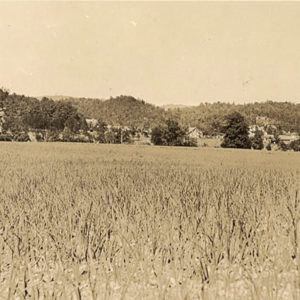 Biggs Onion Farm
Biggs Onion Farm 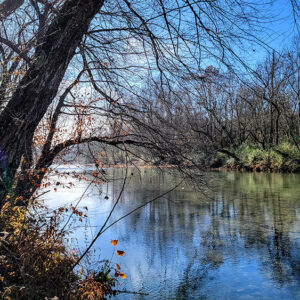 Caddo River
Caddo River 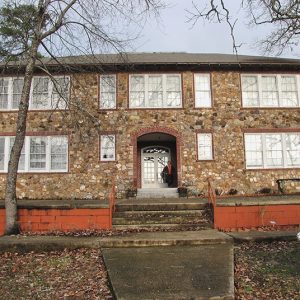 Caddo Valley Academy
Caddo Valley Academy 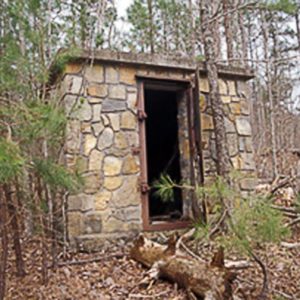 CCC Company 741 Powder Magazine
CCC Company 741 Powder Magazine 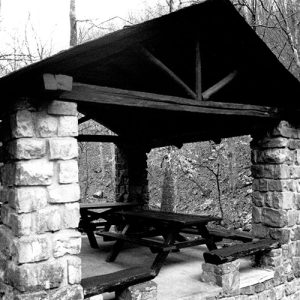 Collier Springs Shelter
Collier Springs Shelter 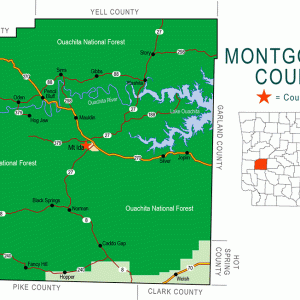 Montgomery County Map
Montgomery County Map 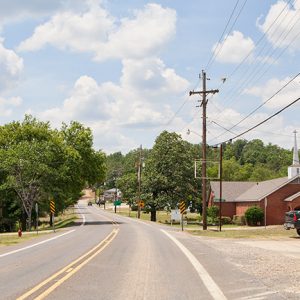 Norman
Norman 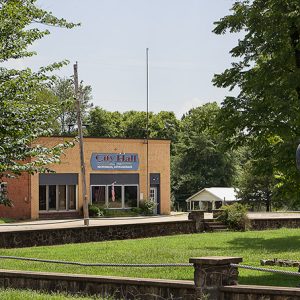 Norman City Hall
Norman City Hall 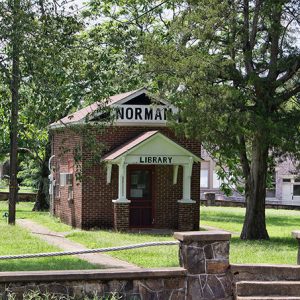 Norman Library
Norman Library  Norman Access
Norman Access 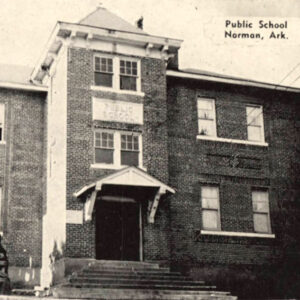 Norman School
Norman School 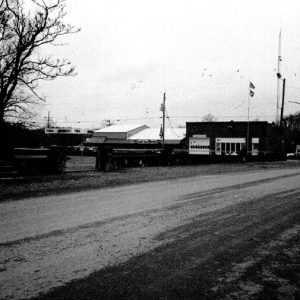 Norman Street Scene
Norman Street Scene  Womble Businesses
Womble Businesses  Womble, 1914
Womble, 1914 




Comments
No comments on this entry yet.